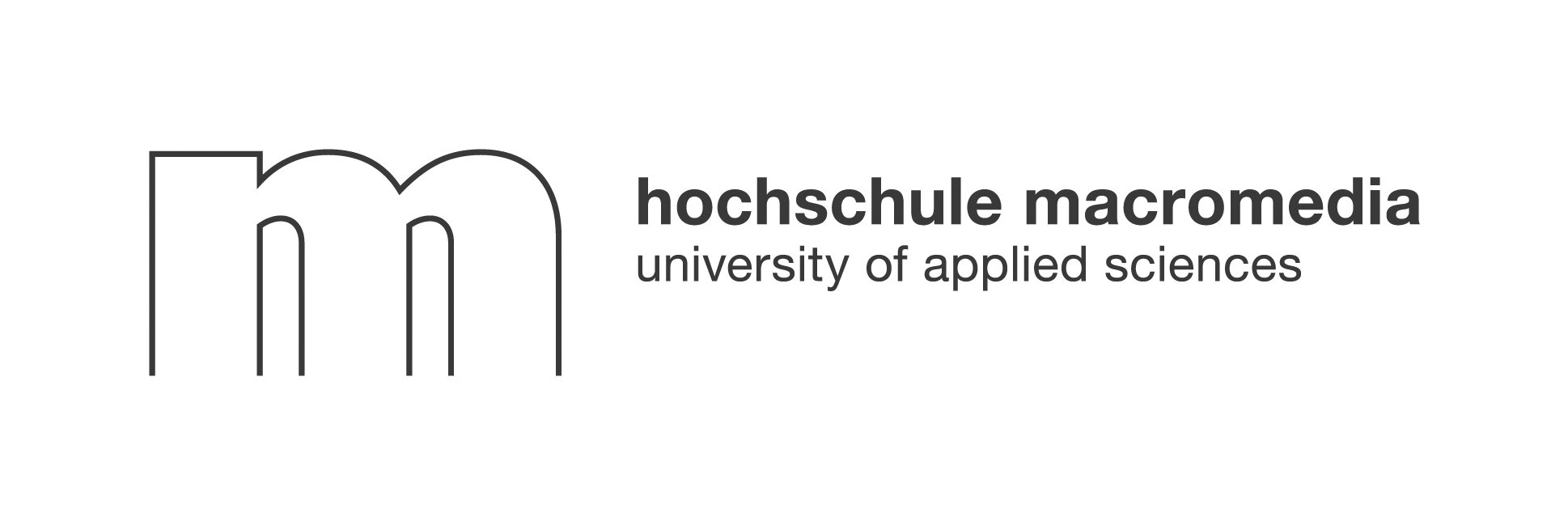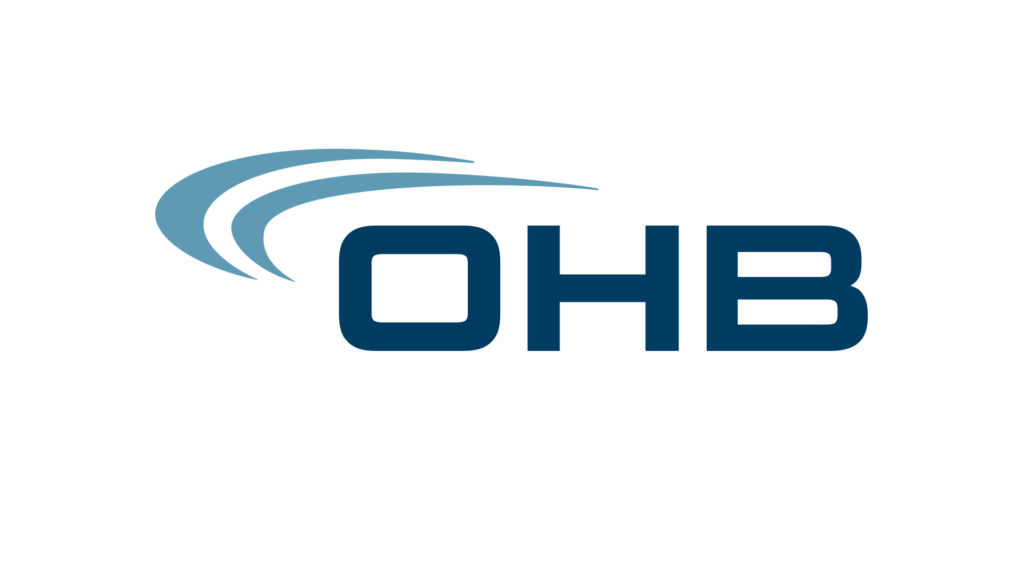What if the secret to a thriving, agile workplace isn’t found in the corner office, but in the everyday choices made by employees at every level? As organizations race to adapt to hybrid work and digital disruption, decentralized leadership has emerged as a game-changing approach—especially for companies like Neroia, who are redefining what it means to connect, empower, and engage teams in 2025. This guide unpacks how decentralized leadership works, why traditional models fall short, and how AI-powered platforms like Neroia are unlocking a new era of workplace culture where everyone leads, belongs, and thrives.
What Decentralized Leadership Really Means Today
Decentralized leadership is the practice of distributing decision-making power across an organization. Instead of a few people at the top making every call, teams and individuals are empowered to act, solve problems, and drive change. The primary keyword, “decentralized leadership,” captures this shift perfectly: it’s about moving from command-and-control to trust-and-collaboration.
Centralized vs Decentralized Decision Paths
In a traditional centralized model, decisions flow down a rigid chain of command. Leaders set the agenda, managers relay instructions, and employees execute tasks. While this structure offers clarity, it often creates bottlenecks, slows innovation, and leaves teams feeling disconnected—especially in hybrid or remote settings where face-to-face oversight is limited.
Decentralized leadership flips this script. Instead of waiting for approval, teams are trusted to act in real time. Decisions are made closer to the action, by people with the most relevant context. This approach is especially powerful in hybrid environments, where flexibility and speed are essential.
The Role of Autonomy and Accountability
Autonomy is at the heart of decentralized leadership. Employees are given the freedom to make choices, experiment, and take initiative. But with autonomy comes accountability: clear goals, shared values, and transparent feedback ensure that decentralized teams remain aligned with the organization’s mission.
“Decentralized leadership isn’t about losing control—it’s about gaining a team that’s more invested, creative, and ready to tackle whatever comes next.”
Key Benefits You’ll Notice When Power Is Shared
Organizations embracing decentralized leadership quickly see tangible improvements in agility, engagement, and innovation. Here’s how:
Faster Decisions in Dynamic Markets
When teams don’t have to wait for top-down approval, they can respond instantly to new opportunities or challenges. This speed is crucial in fast-moving sectors—think about a product team rolling out a new feature based on real-time customer feedback, or a wellness committee launching a mindfulness workshop when stress levels spike.
Higher Engagement and Innovation
Empowered employees are engaged employees. When people feel their ideas matter and their contributions drive real change, motivation and creativity soar. Decentralized leadership encourages experimentation, risk-taking, and the kind of cross-functional collaboration that fuels breakthrough solutions.
- Employees feel trusted and valued.
- New ideas surface from unexpected places.
- Teams adapt quickly to shifting needs.
When Decentralization Fails: Common Pitfalls and How to Avoid Them
While decentralized leadership offers big rewards, it’s not without risks. The most common pitfalls include:
Misaligned Vision
Without a shared purpose, decentralized teams can drift in different directions. To avoid this, leaders must clearly articulate the organization’s mission and values, ensuring every team understands how their work fits into the bigger picture.
Shadow Hierarchies Emerging
Sometimes, informal power structures develop, creating confusion and undermining trust. Regular check-ins, transparent communication, and rotating leadership roles can help keep things equitable and open.
“Decentralized leadership thrives on trust, clarity, and communication. Without these, it risks becoming fragmented and ineffective.”
A Step-by-Step Framework to Introduce Decentralized Leadership
Ready to make the shift? Here’s an ordered list to guide your organization:
- Start with Culture Shifts: Foster a mindset of trust, openness, and learning. Celebrate initiative and recognize contributions from all levels.
- Build Transparent Communication Loops: Use platforms (like Slack, Microsoft Teams, or Neroia’s AI-driven chat) to keep everyone informed and connected. Share wins, challenges, and lessons learned.
- Set Measurable Guardrails: Define clear goals, decision rights, and feedback mechanisms. This creates structure without stifling autonomy.
Takeaway: Trust isn’t built overnight. Start small, delegate decisions, and expand as confidence grows.
Tools and Technologies That Make Distributed Decision-Making Work
Decentralized leadership is supercharged by the right technology—especially in hybrid and remote workplaces.
Async Collaboration Platforms
Tools like Microsoft Teams, Slack, and Neroia’s integrated platform allow teams to communicate, coordinate, and make decisions without being in the same room or even the same time zone. These platforms enable asynchronous updates, quick polls, and easy sharing of resources, making distributed leadership seamless.
Data Dashboards for Shared Context
Transparent analytics and dashboards ensure everyone has access to the same data. For example, Neroia’s anonymized HR analytics help teams understand participation trends in micro-events, track engagement, and spot opportunities for improvement—all while respecting privacy.
Real-World Examples: Companies Thriving with Decentralized Leadership
Let’s look at how leading organizations—and platforms like Neroia—are putting decentralized leadership into action.
Spotify Squads
Spotify’s “squad” model organizes teams as mini-startups, each with autonomy to build, test, and launch features. This structure accelerates innovation and keeps teams deeply engaged.
Valve’s Flat Structure
Valve famously ditched managers. Employees choose projects and form self-directed teams. The result? Industry-defining products and a culture of creativity.
Zappos Holacracy
Zappos adopted “holacracy,” replacing traditional hierarchy with self-organizing circles. Employees have clear roles but broad freedom to act—driving both agility and accountability.
“Companies like Spotify, Valve, and Zappos prove that empowering teams can unlock extraordinary innovation and resilience.”
Measuring Success: Metrics to Track After You Decentralize
How do you know if decentralized leadership is working? Here are key metrics:
Engagement and Retention
Track participation in decision-making, attendance at micro-events, and employee satisfaction scores. High engagement often means lower turnover.
Innovation Velocity
Monitor the number of new ideas launched, pilot projects, and time from concept to execution. Decentralized teams typically move faster.
Responsiveness to Change
Measure how quickly teams adapt to market shifts or internal feedback. Agile organizations spot challenges early and act fast.
- Regular pulse surveys to gauge morale.
- Dashboards tracking micro-event participation.
- Feedback loops for continuous improvement.
Why Traditional Hierarchies Fall Short in Hybrid Workplaces
Rigid, top-down leadership models struggle in today’s hybrid and remote environments. Here’s why:
- Slow Decision-Making: Centralized approval chains delay action.
- Hybrid Disconnection: Remote employees feel left out of key decisions.
- Stifled Innovation: Ideas get stuck at the top, never reaching the people with the most insight.
This is where decentralized leadership shines. By distributing authority and fostering organic connections, organizations stay nimble and inclusive.
Neroia’s Vision: Revolutionizing Workplace Culture with AI-Driven Decentralized Leadership
Neroia is leading the charge by combining decentralized leadership principles with advanced AI to transform workplace culture. Here’s how:
AI-Powered Micro-Events: The Engine of Employee-Driven Leadership
Neroia’s platform curates micro-events—small, interest-based gatherings like yoga sessions, cycling groups, or cultural exchanges—using AI to match participants by interests, schedules, and even wellness needs. These aren’t just fun activities; they’re catalysts for decentralized leadership.
When employees take the initiative to join or host a micro-event, they practice decision-making, collaboration, and self-organization. Over time, these organic interactions break down silos, build trust, and foster a culture where everyone leads.
“Neroia’s AI-driven micro-events empower employees to effortlessly discover authentic connections, transforming workplace culture from the ground up.”
Seamless Integration with Collaboration Tools
Neroia’s platform plugs into Microsoft Teams, Slack, and HR systems, making it easy for hybrid and remote teams to stay connected. Employees receive personalized invitations to micro-events, can coordinate via AI-powered chat, and share feedback through pulse surveys—all within their existing workflow.
For example, during the OHB pilot, employees participated in yoga mornings and company runs, all orchestrated by Neroia’s AI. Anonymized analytics provided HR with insights on engagement, without compromising privacy.
Anonymized Analytics and Psychological Safety
Neroia’s commitment to employee-centricity and privacy sets it apart. By using anonymized data, the platform ensures psychological safety—employees can participate authentically, knowing their input is valued and protected.
This focus on psychological safety is a cornerstone of decentralized leadership, as it encourages open communication, risk-taking, and purpose-driven engagement.
How Neroia’s Approach Aligns with 2025 Trends
In 2025, organizations are prioritizing:
- Distributed Decision-Making: Empowering teams at every level.
- Psychological Safety: Creating environments where employees can speak up and take risks.
- Purpose-Driven Engagement: Connecting work to meaning and impact.
Neroia’s AI-powered micro-events and analytics support all three. By giving employees real agency and connecting them through shared interests, Neroia helps companies cultivate vibrant, agile teams ready to tackle new challenges.
Bullet List: How Neroia Supports Decentralized Leadership in Hybrid Work
- AI-curated micro-events foster organic, cross-team connections.
- Seamless integration with collaboration tools keeps everyone in the loop.
- Anonymized analytics track engagement and inform leadership decisions.
- Employees take initiative, practice self-organization, and build trust.
- HR gains real-time insights without sacrificing privacy.
Ordered List: Steps to Activate Decentralized Leadership with Neroia
- Integrate Neroia with your collaboration platforms (Teams, Slack).
- Launch AI-powered micro-events tailored to employee interests.
- Encourage participation and celebrate team-led initiatives.
- Use anonymized analytics to track engagement and adapt offerings.
- Foster a feedback-rich culture through pulse surveys and open forums.
Table: Comparing Centralized vs. Decentralized Leadership in Hybrid Workplaces
The Future: From Centralized Control to Personalized, AI-Tailored Interactions
Neroia’s vision is clear: replace rigid, top-down control with personalized, AI-driven interactions that empower every employee. In the past, workplace culture was defined by policies and programs handed down from above. Today, it’s shaped by the small, meaningful connections employees make every day—connections that Neroia’s platform enables at scale.
As organizations look to the future, decentralized leadership will be a defining trait of the most successful, agile, and human-centered companies. Neroia is committed to leading this transformation—helping businesses break down silos, foster authentic relationships, and unlock the full potential of their teams.
“Decentralized leadership isn’t just a buzzword—it’s the key to building agile, connected teams where everyone belongs and contributes.”
Closing Thoughts
Decentralized leadership is more than a management trend; it’s a movement towards trust, empowerment, and genuine connection. In a world where hybrid work is the norm and agility is essential, platforms like Neroia are showing how AI can turn these principles into everyday reality.
By curating micro-events, integrating with collaboration tools, and providing actionable analytics, Neroia helps organizations create a culture where leadership is everyone’s job—and where well-being, collaboration, and success go hand in hand.
Ready to experience the future of workplace culture? Discover how Neroia can help your organization unlock the power of decentralized leadership, today and tomorrow.




